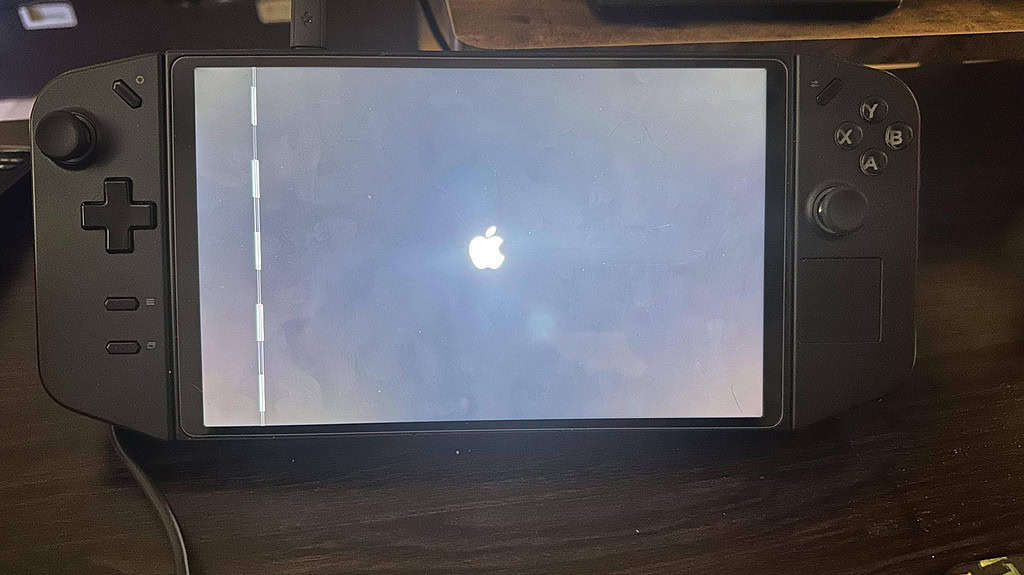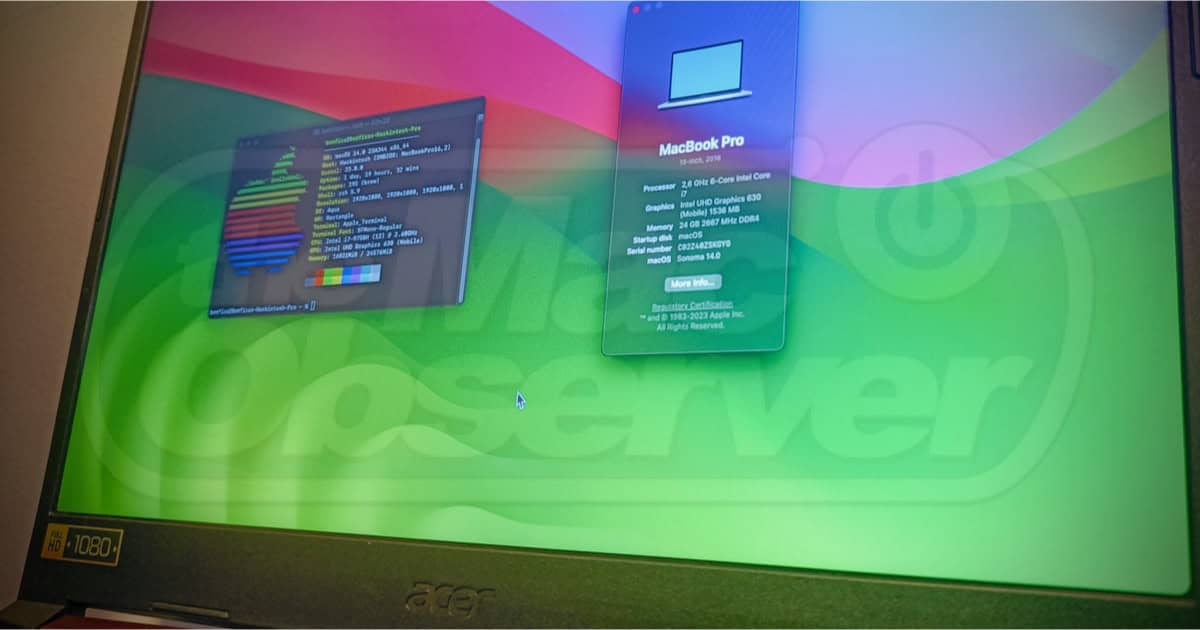What if I told you there’s a way to run macOS without paying the infamous Apple Tax? A Hackintosh can be a computer made by almost any manufacturer — or a custom-built one, actually. It’s a great option if you like the seamless, convenient user interface of macOS but aren’t fond of Mac hardware. Here’s what you should know to get started.
Hackintoshes Have Come a Long Way

The idea isn’t new: since the Apple II days, people have been trying to run Apple’s software on non-Apple computers. They have had varied levels of success, but nowadays, it’s relatively easy to do it.
Of course, it won’t be a walk in the park. You’ll still need a few hours to finish through the process, although you won’t need advanced programming or computer engineering skills anymore.
How Can a Non-Apple Computer Run macOS?
When Apple moved away from PowerPC processors in 2005, Mac started using processors similar to those of most computers. Because of that, the main compatibility obstacle was removed, and in fact, it didn’t take long for the public to start experimenting.
One of the issues that remains is that macOS “talks to the hardware” in ways different from almost any other operating system (OS). That’s where pieces of software called bootloaders come in.
A bootloader translates the macOS language to non-Apple hardware. That way, your computer, with parts from different manufacturers, may be able to run macOS.
How To Run macOS on a Non-Apple Computer

In short, you need to find some technical details about your computer and set up some files according to these details. These will be used by the bootloader to make things run smoothly.
The above is an oversimplification of the process. However, since computer models vary widely, detailed instructions would make for a very lengthy article. That said, these instructions already exist. Dortania, a team of developers, has created a comprehensive guide using the OpenCore bootloader — though there are other options, like Clover.
Those who own custom-built computers have no option other than following this type of guide. If your computer is ready-made, you can try your luck with premade EFI folders — in short, they contain the files and settings you’ll need to run macOS. If someone with the exact same model as yours has already made a successful Hackintosh, they may have made their EFI publicly available in repositories like GitHub.
A word of caution: premade EFIs are a hit-and-miss. First of all, you need to find someone who has the exact same model, one of the reasons why people usually share their whole computer specifications when posting their EFI folders.
Also, keep in mind that even if someone has published an EFI for your computer, they may have made mistakes during the setup procedure, which can have disastrous consequences.
Why Would Someone Want a Hackintosh?
There are a lot of reasons one would want to use macOS even if they can’t or don’t want to buy a Mac. First, you may need to run an app that only exists (or works considerably better) on macOS. Second, you might want to develop iOS and iPadOS apps, which in theory, can be done using Windows or Linux but is troublesome. Third, you may simply like how macOS looks and feels and prefer it to other operating systems.
Some people may even do it for fun or educational purposes. Building a Hackintosh is a great opportunity to learn how some technical aspects of your machine work. Being a Hackintosh user myself, I can vouch for that: even though I have used Linux for years, turning my Acer Nitro 5 into a Hackintosh has helped me understand a lot of stuff I previously didn’t know about computers — and I have worked a decade in tech support.
What Are the Pros and Cons of Using a Hackintosh?
There are a lot of advantages of using a Hackintosh. That doesn’t mean it’s all roses. Here’s a (non-exhaustive) list of the positive and negative aspects of running macOS on a non-Apple computer.
Pros
- Away with the Apple tax: Macs have always been more expensive than PCs with comparable specs. A Hackintosh allows you to have the best of both worlds.
- A whole new user experience: Whether you have used macOS previously or not, moving to a different OS gives a breath of fresh air to your using your computer.
- You’ll learn a lot: If you’re into technology, making a Hackintosh is a really interesting experience. And a huge amount of geeky fun.
- You’ll have more choices: Lots of apps are OS-exclusive. I have yet to see an Operating System with as many productivity-oriented options as macOS.
Cons
- It takes a lot of time: You’ll probably need at least a few hours when making your EFI folder for the first time. And there’s a considerable chance you won’t get everything right the first time.
- It’s risky: It’s unlikely you’ll break your computer for good trying to transform it into a Hackintosh. However, you may temporarily be unable to boot it with other OSes while trying to understand how to fix stuff if something goes wrong. The rule of thumb is: unless you’re experienced, don’t try hackintoshing your main computer.
- You’ll lose support: Not just from Apple (which is obvious). I have had a few situations in which a company or developer said they wouldn’t help me find the solution for a bug or issue with their software because I used a Hackintosh.
- Eventually, you won’t be able to upgrade: Even if you get the most recent macOS version running on your Hackintosh (which not all people do), when Apple stops providing support to the last Intel Macs, Hackintoshes are pretty much dead.
- It may be too much work: To be fair, an entry-level or used Mac isn’t as expensive these days as it was in the past, compared to other manufacturers. So you may find the hassle isn’t worth the money you’ll save.
Overall, setting up a Hackintosh involves a lot of work. The effort might be worth it, however, if you’re keen on exploring how you can create a seamless ecosystem of Apple and non-Apple devices alike. Before proceeding, consider reading more about the history of macOS too.
